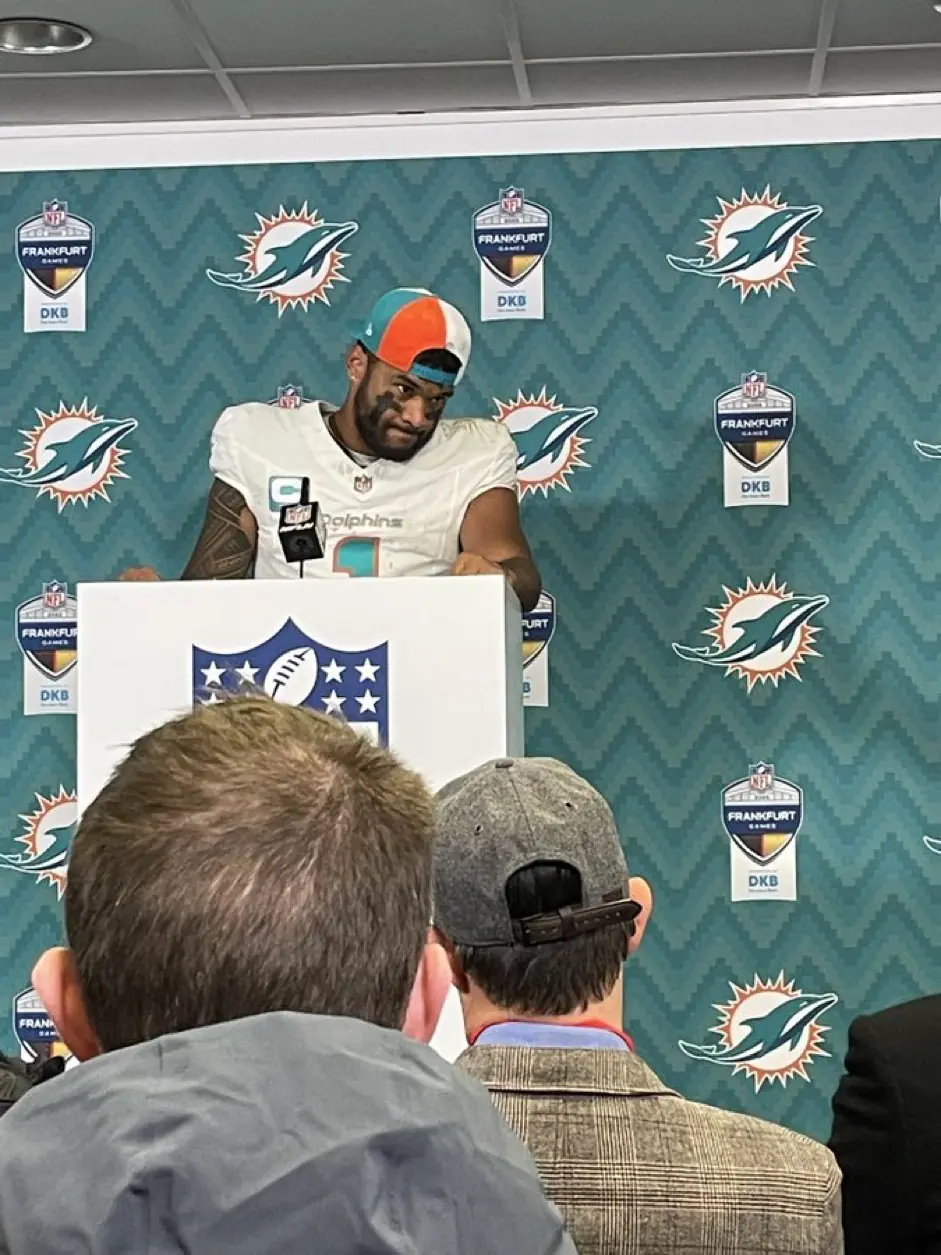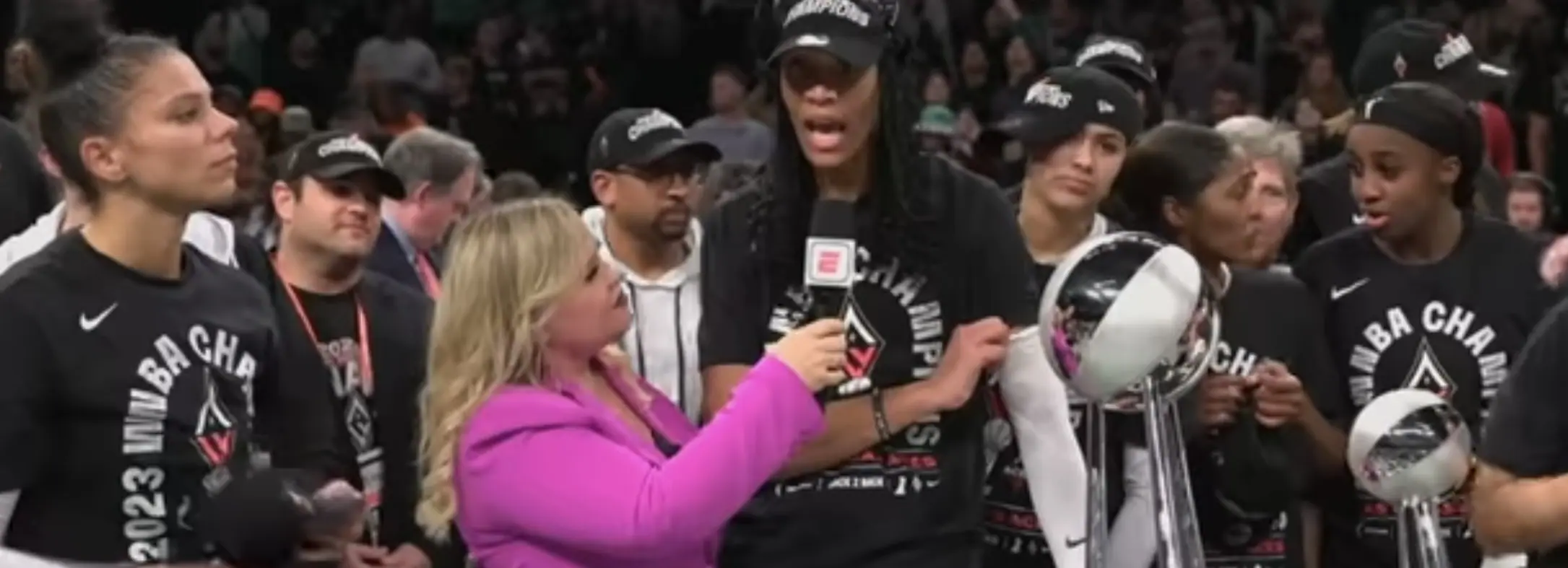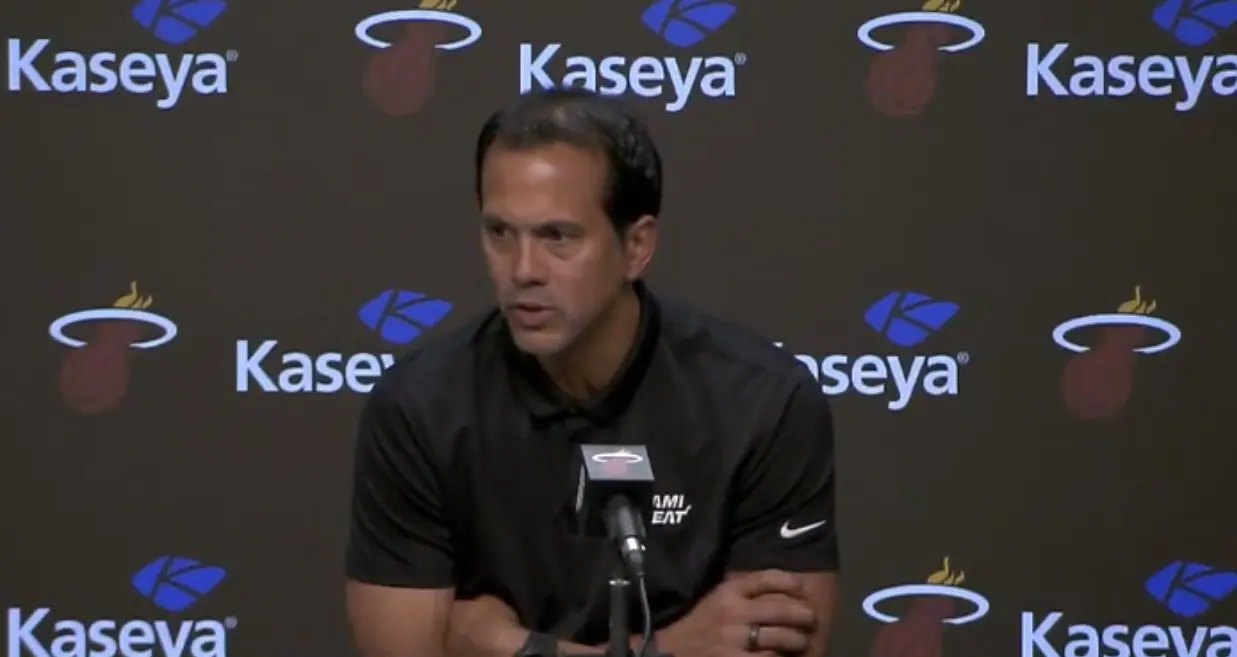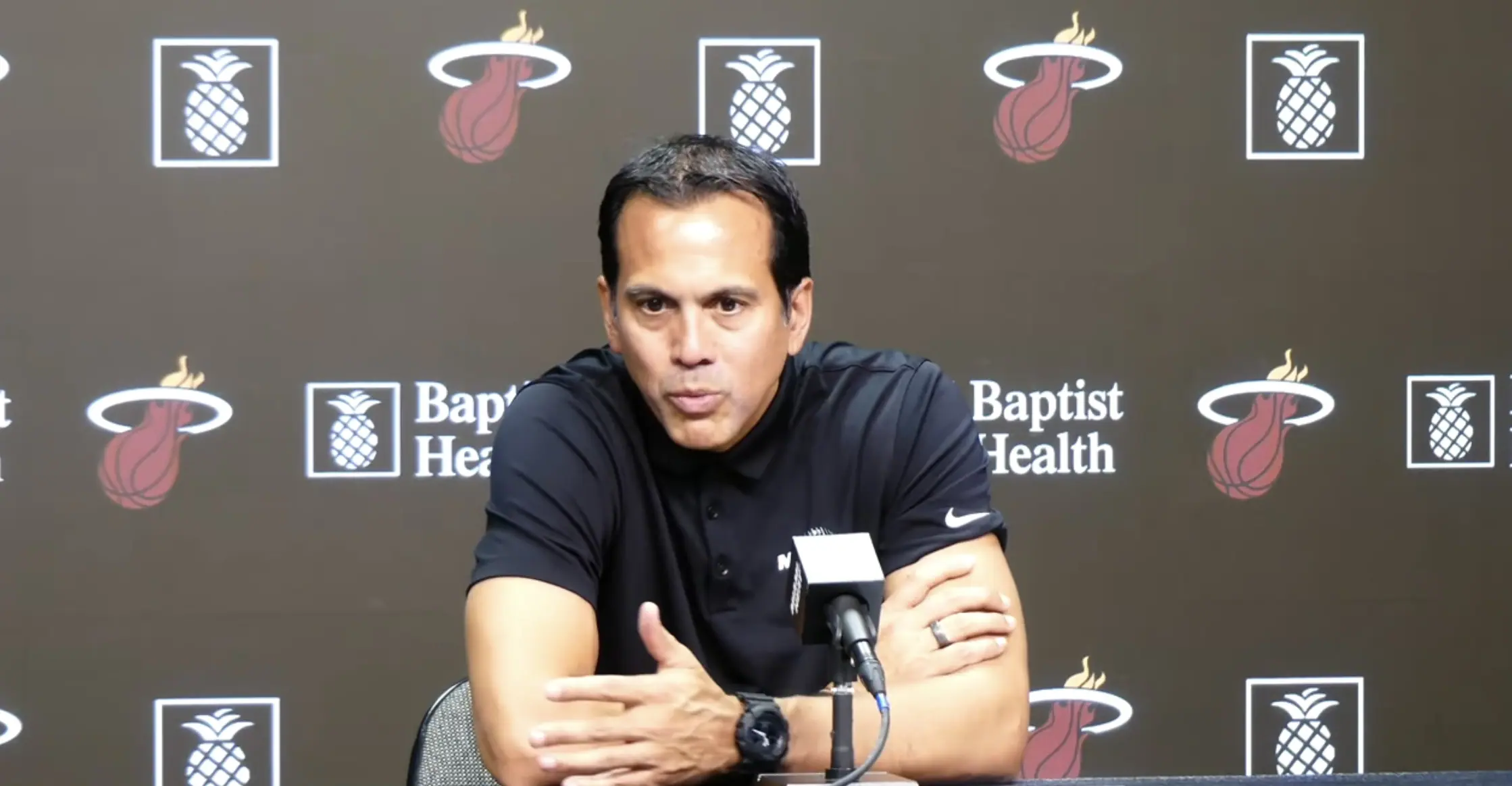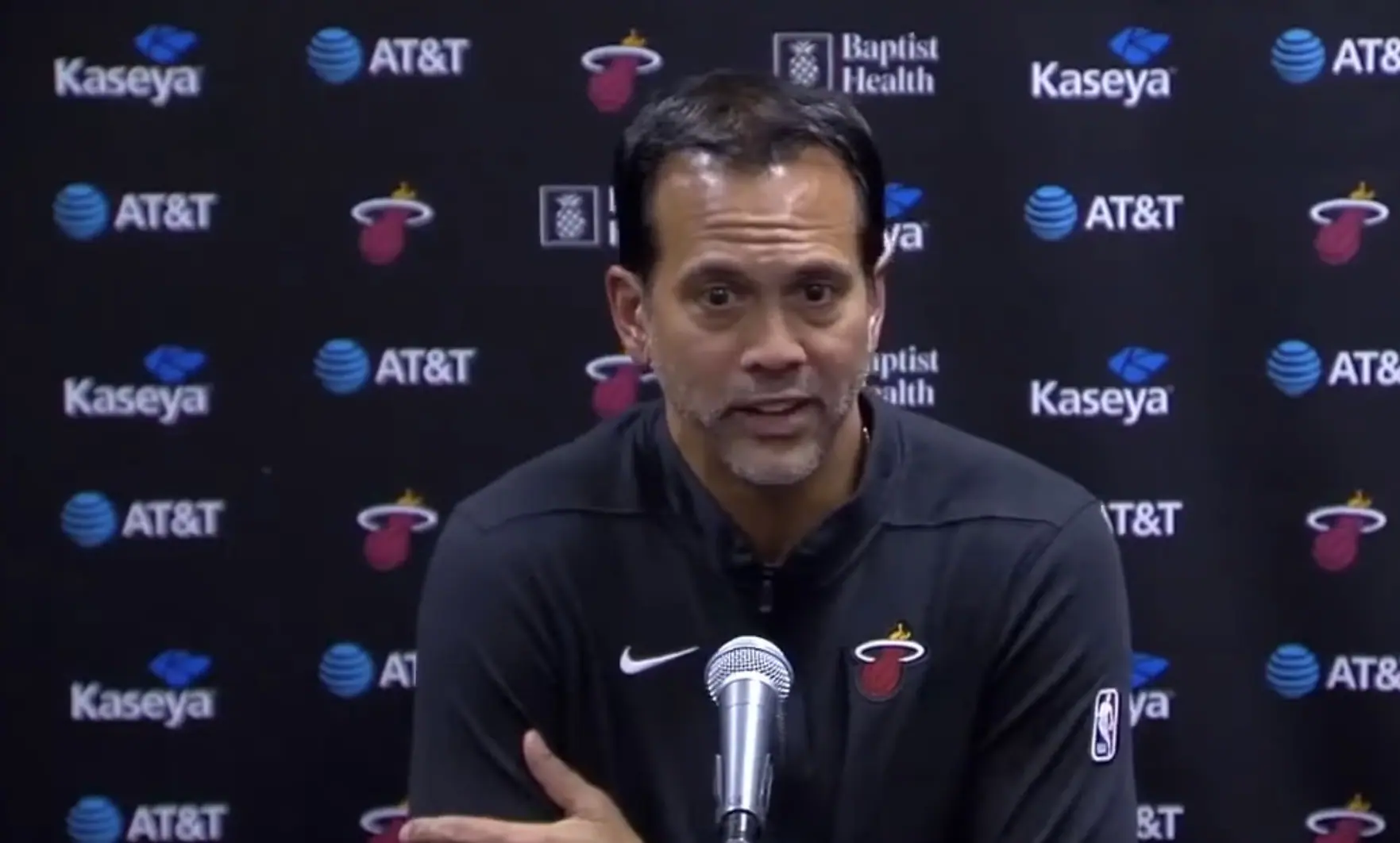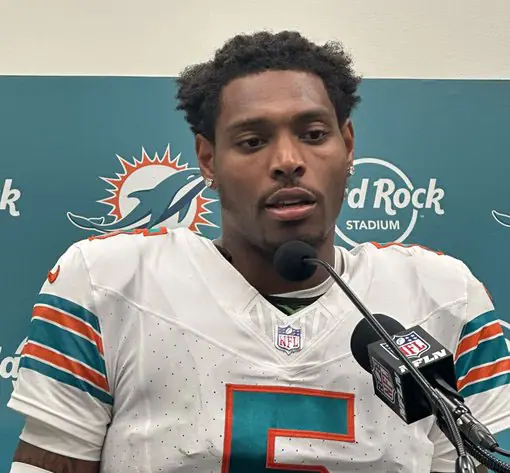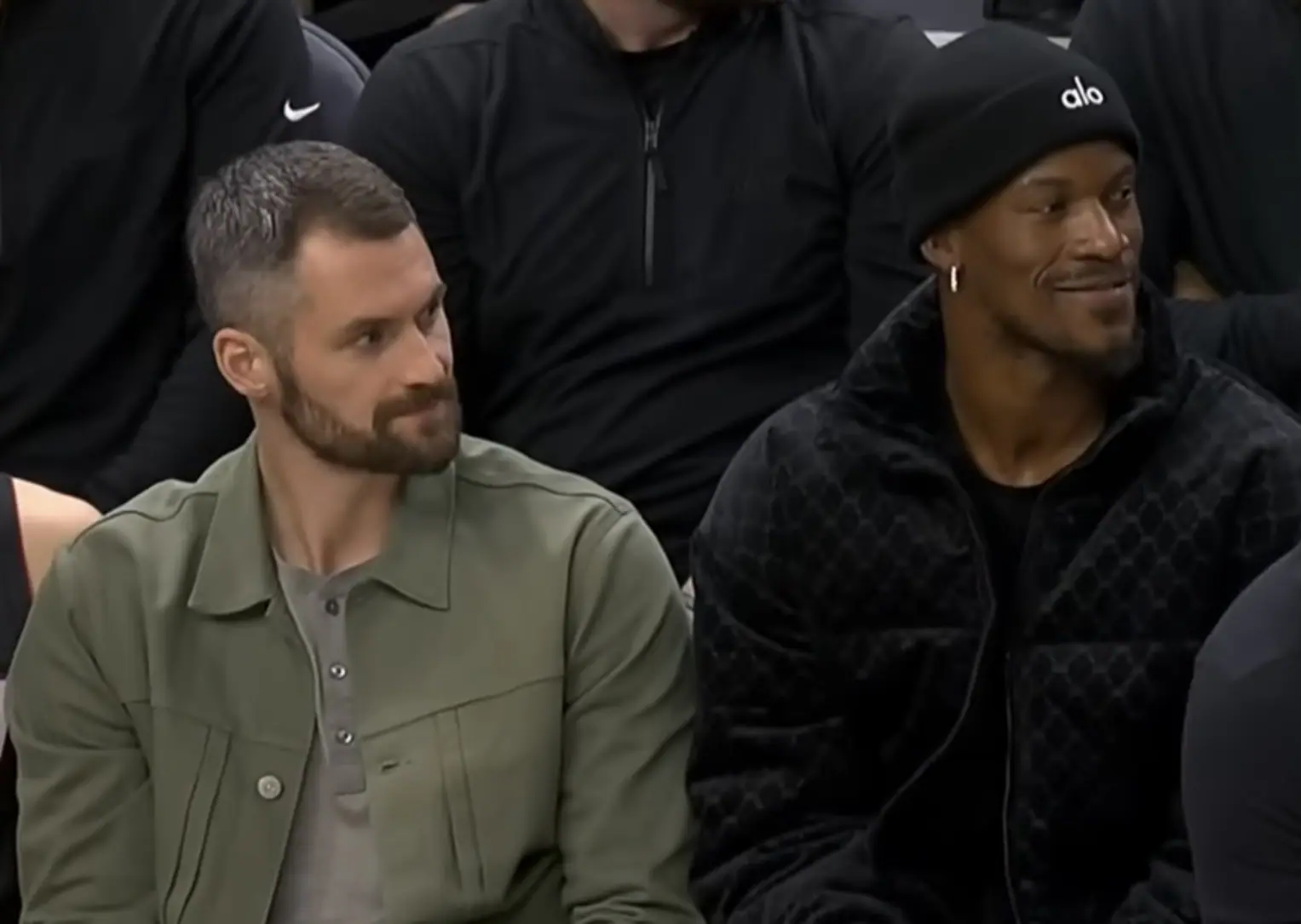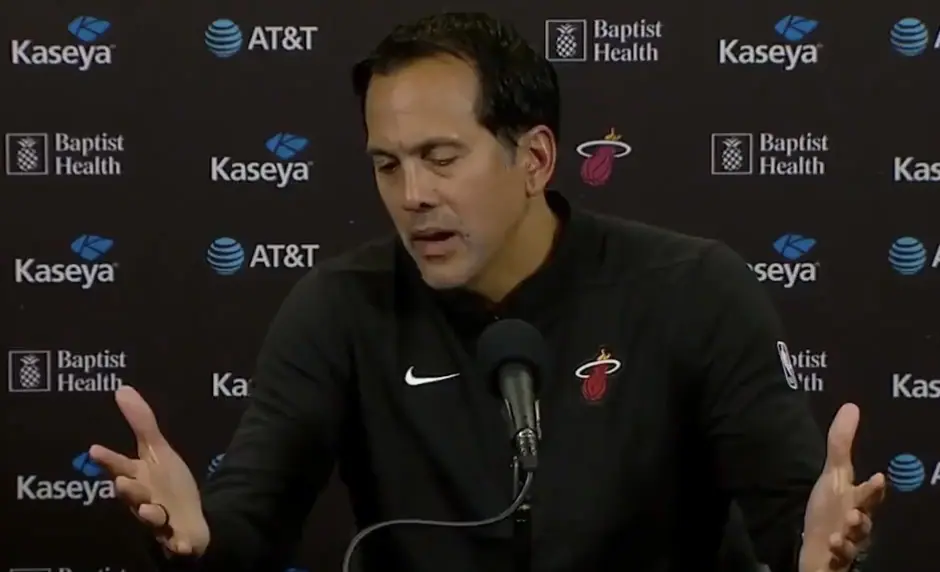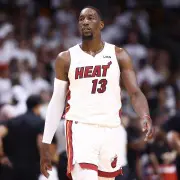Pressure Point: Dolphins can’t quell doubts as comeback fizzles in Frankfurt
Nobody delivers a letdown quite like the Miami Dolphins.
Even by their standards they outdid themselves Sunday with a resounding final fizzle in Frankfurt.
With a dramatic comeback attempt from a 21-0 deficit within reach at the Kansas City 31-yard line but down to its last gasp, the fourth down snap clanked off Tua Tagovailoa’s hands. Hope ended with a resounding Pfftttt!
Game over. Chiefs 21, Dolphins 14.
Dolphins coach Mike McDaniel was well aware how the outcome would be viewed: “We lose, we can’t beat good teams. We win, we’re going to win the Super Bowl,” he said last week.
His team had a chance to change the view of being pretenders who build impressive stats against underwhelming opponents and for the third time were found wanting against a playoff-caliber team.
The Dolphins go into their bye week at 6-3. All is not lost, but nothing notable has been gained.
Defense a positive sign for Dolphins
They still haven’t beaten a team with a winning record, the defending Super Bowl champion Chiefs joining the Bills and Eagles as providing reality checks to Miami’s visions of grandeur.
Following the game, McDaniel said, “We shouldn’t feel entitled to high opinions from the masses. We have to earn that confidence … if you want the narrative to change, change the narrative.”
They still will have ample opportunities to flip the narrative and achieve their lofty ambitions. The final month gauntlet of Jets, Cowboys, Ravens and Bills (only Baltimore on the road) will determine the final verdict.
It’s understandable that right now there are plenty of empty seats on the bandwagon of believers.
The best sign to cling to was the performance of the defense in holding Patrick Mahomes and the potent Chiefs’ offense to 14 points. For the second half, the Chiefs had three punts and lost a fumble prior to the final kneel-down.
The 267 yards and 174 passing yards for Kansas City were both the Chiefs’ fewest in a regular-season game since Nov. 7, 2021 vs. Green Bay (237 and 160, respectively).
Linebacker Bradley Chubb forced a fumble by Mahomes that set up the Dolphins’ second touchdown — he deflected a pass a couple of players earlier.
Chubb also applied pressure that prompted Mahomes to misfire on third down and give the Dolphins a final chance for a tying touchdown drive.
The Miami secondary, with cornerbacks Xavien Howard and Jalen Ramsey playing together for the first time did a commendable job of containing Kansas City receivers. All-Pro tight end Travis Kelce was a non-factor with three catches for 14 yards.
Rough day for Tyreek Hill
What was disturbing from a Dolphins perspective was how unprepared and inept the offense performed for more than a half.
The league’s top-rated offense managed a mere 110 yards in the first half while going 0-for-5 on third down. Miami didn’t convert on third down until six and a half minutes remained in the third quarter.
The problem was repeatedly facing third-and-long due to an inability get the running game going (only 28 yards rushing in the half), penalties and an assortment of unforced errors.
Most significant, the Chiefs got physical with Tyreek Hill and kept the star receiver bottled up much of the day. Check that, they embarrassed the Cheetah, stripping him of the ball and returning it for a touchdown late in the half.
It was the pivotal play as the Dolphins were driving in a bid to cut into the Chiefs’ 14-0 lead before halftime. Instead it made it 21-0 and stamped the opening 30 minutes as an absolute debacle for the Dolphins’ hopes of shedding the label of frauds.
Hill finished with 62 yards on eight catches. He had two other passes slip through his hands that should have been significant gains. It certainly wasn’t the result the MVP candidate had in mind in his first game against his former team.
.@Tua drops a 31-yard DIME to @cedwilson95 in the end zone!
pic.twitter.com/PeRKoX0kW8
— Miami Dolphins (@MiamiDolphins) November 5, 2023
Dolphin’s rally falls short
Nonetheless, the Dolphins gave the international audience its money’s worth in an impressive comeback. They even received a gift first down from an unnecessary roughness penalty on Kansas City defensive tackle Chris Jones and scored on the next play to cut the deficit to 21-14.
The Dolphins’ final possession, beginning with 4:22 remaining, started promising with Raheem Mostert runs of 25 and 19 yards behind solid blocking up front.
Just as there seemed reason to think the Fins might actually pull off something special, it blew up quickly with three incomplete passes and the final bungled shotgun snap.
Tua had Cedrick Wilson Jr. wide open for the game-tying score here but severely underthrew him pic.twitter.com/2xZxcs4JBF
— Ben Brown
(@BenBrownPL) November 5, 2023
On third down, Tagovailoa, facing a blitz, and Cedrick Wilson Jr. were in disagreement on the route and the pass fell short. Tua took responsibility for that and the fumbled snap from Connor Williams, which he absolutely should have handled. It appeared he began to pull away early.
Discussing what went wrong, Tua actually said, “Sometimes that’s how the cookie crumbles and that’s how the games go.”
As it has so often in these types of situations for the Dolphins. It’s been the recipe for their undoing too many times over the years.
Craig Davis has covered South Florida sports and teams, including the Dolphins, for four decades. Follow him on the site formerly known as Twitter @CraigDavisRuns.
